Category: Natural science & maths
-
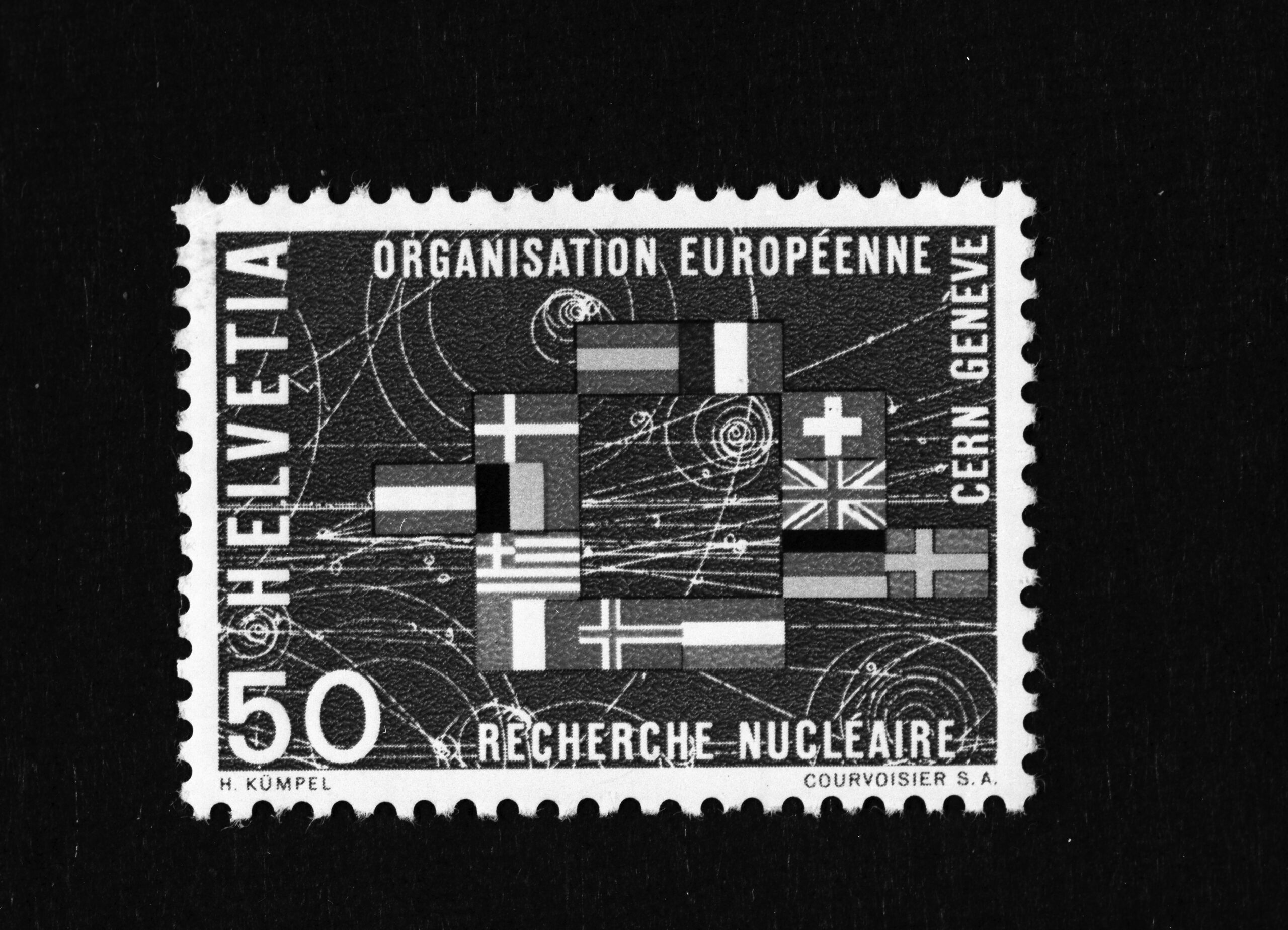
CERN: the foundational myth of European science diplomacy
In 2010, the American Association for the Advancement of Science (AAAS) and the Royal Society published a report entitled New Frontiers in Science Diplomacy. The report argued for a greater use of science in the conduct of international relations between different countries and led to a greater emphasis on science diplomacy in policy circles throughout…
-

Reviewing Christopher Nolan’s Oppenheimer: symbolism, genius, humility and wisdom
The winner of seven Oscars, Christopher Nolan’s film Oppenheimer (2023) is not only a feast for the historian of science but an overall fan favorite. Although classic themes such as the role of theory and experiments, individual and group work, material conditions, socio-political dimensions and the emergence of “big science” feature prominently in this biopic,…
-
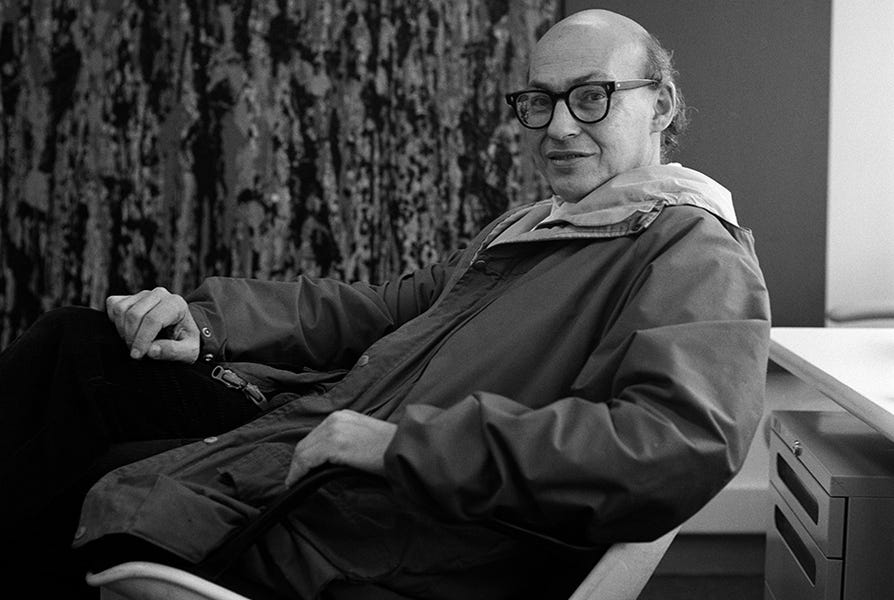
Marvin Minsky and the Missing Quotes: Metaphors and Anthropomorphism in AI
We will know less and less what it means to be human – José Saramago The idea of thinking machines is as old as thinking itself. The quest to create artificial life and machines with human-like abilities has deep roots in human culture and history. From mythological figures from the times of ancient Greece like…
-
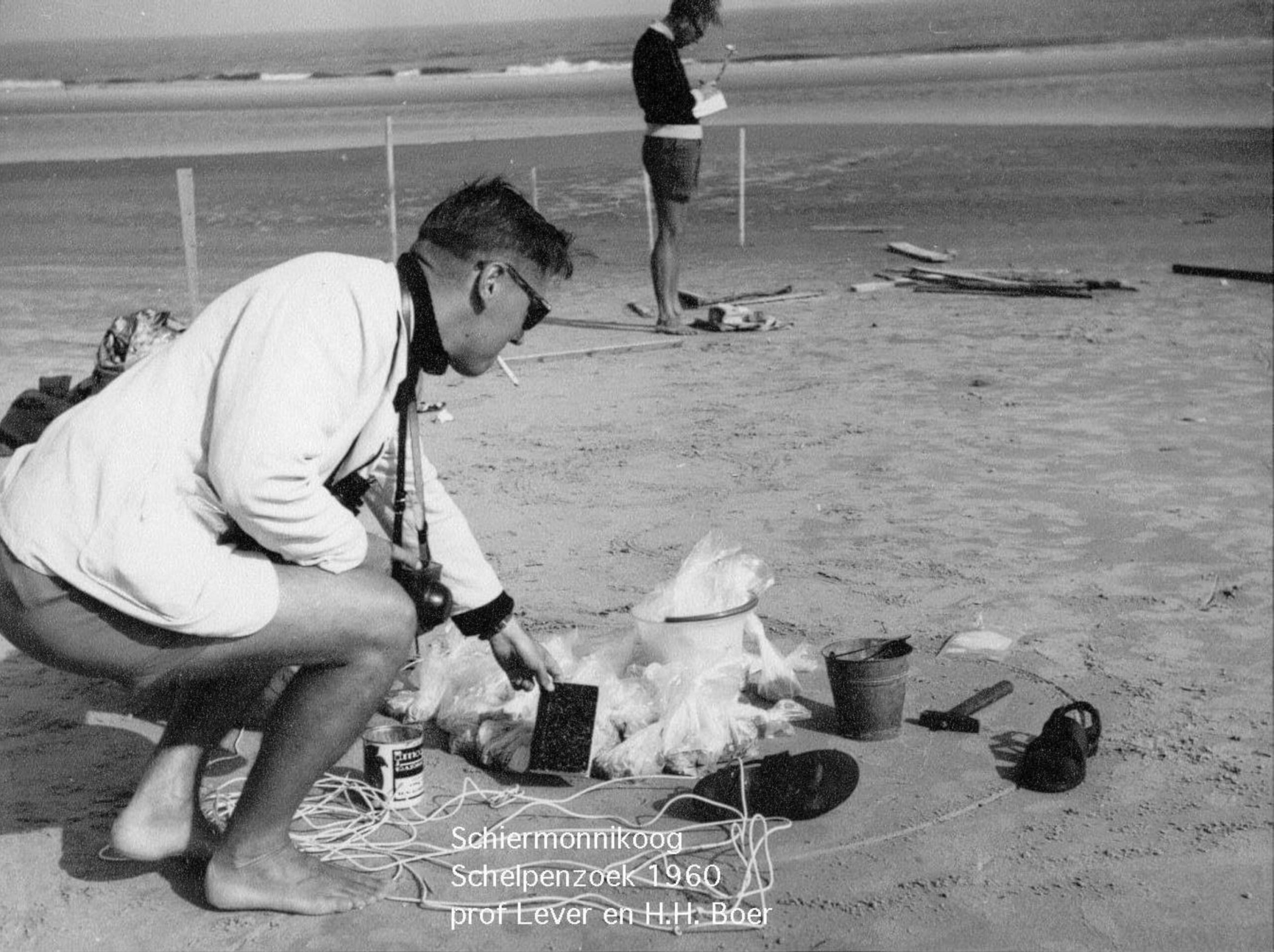
Kleppen van en over Schelpen
Onlangs was in het nieuws dat strandjutters op de Waddeneilanden meer kledingstukken, zwemvesten en schoenen op het strand vinden. Die toename werd in verband gebracht met de oversteek van asielzoekers naar Engeland. Het zou best wel eens kunnen dat linker en rechterschoenen op een verschillende manier aanspoelen, dacht ik. Want het deed me denken aan een onderzoek…
-
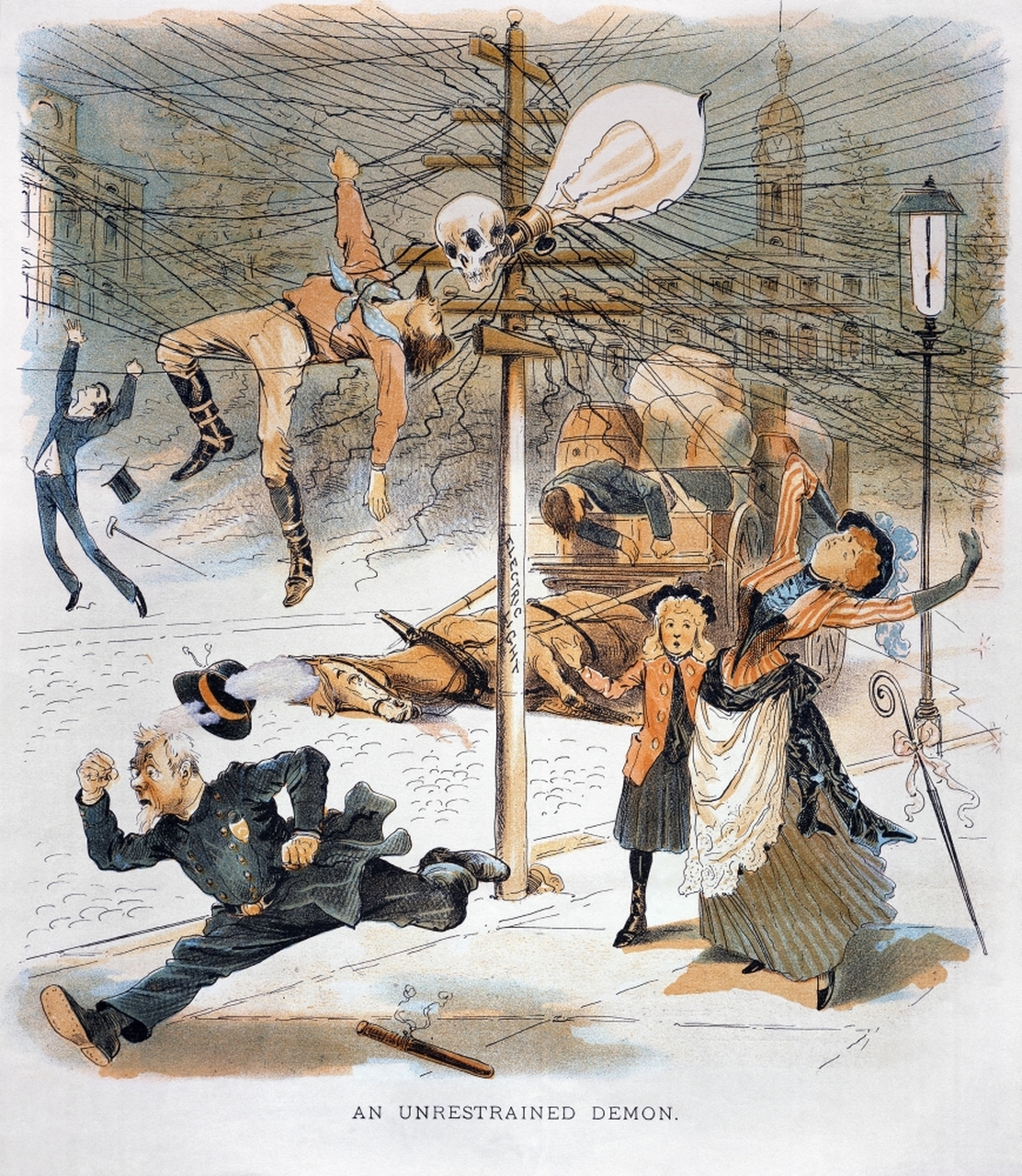
Wired Fears: Electricity and Technophobia in the Nineteenth Century
Society usually accompanies the introduction of new technologies with both excitement and suspicion, being simultaneously driven by an enthusiasm for the possibility of improvement, as well as profoundly discomforted, with a sense of having little or no control over the direction of radical changes. 5G antennas are a very recent example of this dualism. On…
-
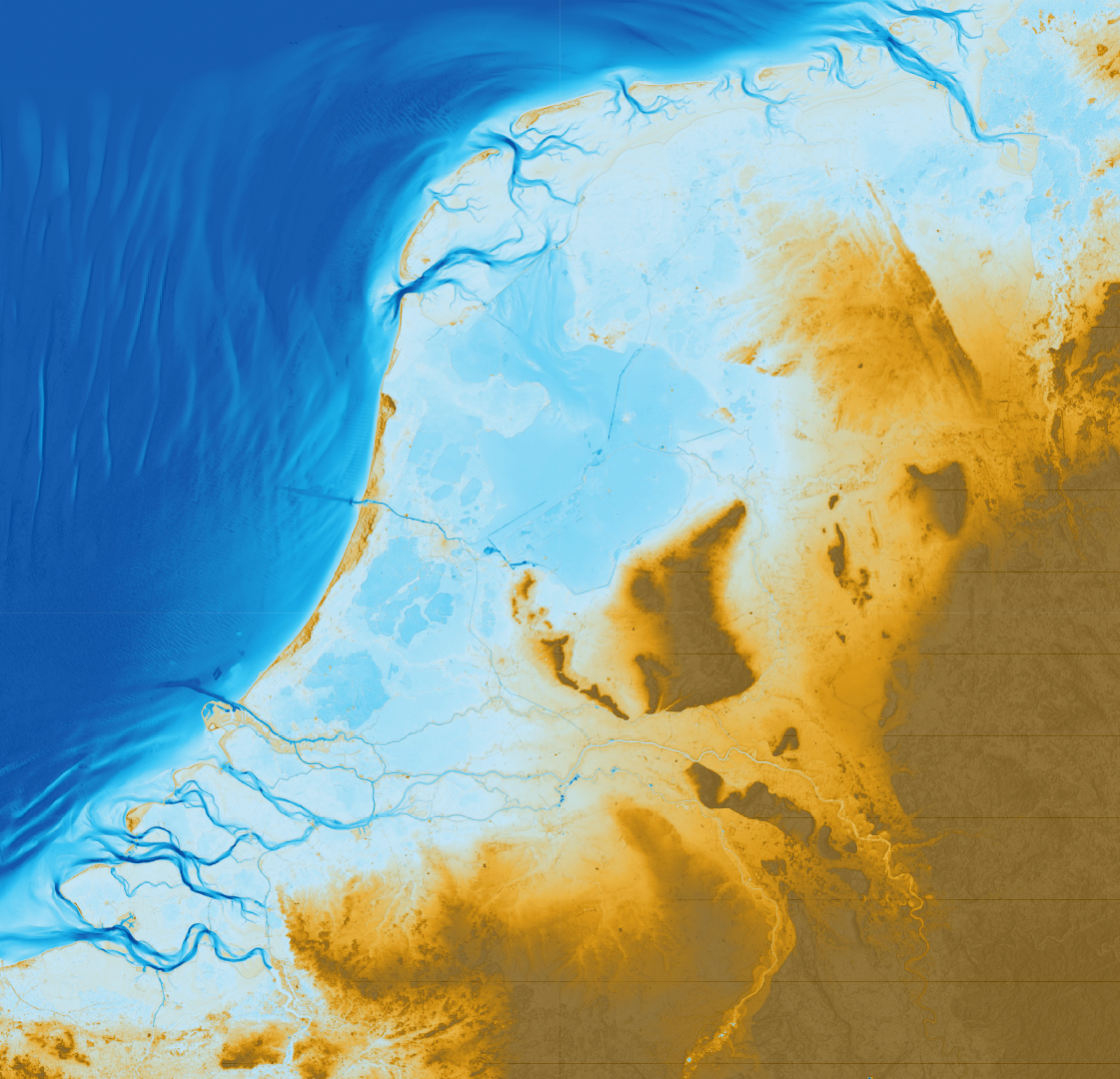
Dutch Deltaification
The Dutch care so much about their delta. When widespread use of the word delta unexpectedly increased in the specific geographical area of the Netherlands, we can now speak of an epidemic. I am jesting, of course, but there is a more serious problem: the Netherlands are hardly a delta and the connotations that come…
-

De Deltaïficatie van de Lage Landen
Hollanders geven om hun delta. Met de onverwachte toename van het gebruik van het woord delta in een specifiek gebied, namelijk Nederland, kunnen we nu spreken van een epidemie. Ik scherts hier natuurlijk, maar er ligt wel een ernstig probleem onder: Nederland is nauwelijks een delta te noemen en de connotaties die bij het woord…
-
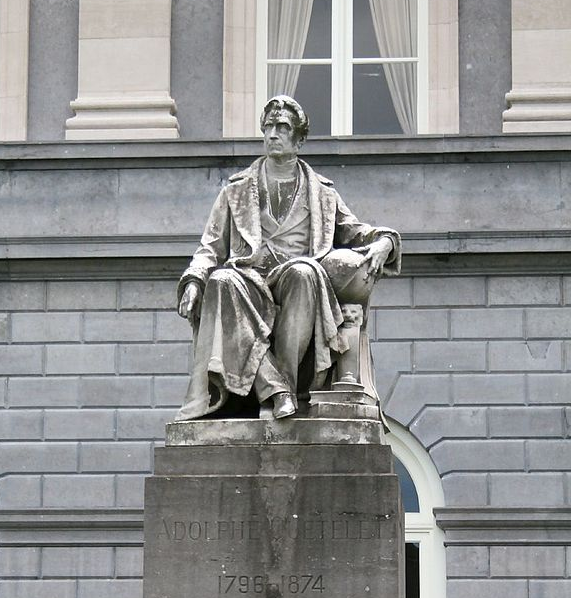
Adolphe Quetelet: a statistical method for all
Statistics form the methodological basis of a large variety of disciplines, from humanities to the natural sciences. These statistical methods have their roots in nineteenth-century statistical thinking. Statistical thinking in the nineteenth century could mean different things for different thinkers. We recognise three main trends. First, the practitioners of state sciences, who were called statisticians,…
-

Voorbeeldige dubbelbiografie
Recensie van: Margriet van der Heijden, Denken is verrukkelijk. Het leven van Tatiana Afanassjewa en Paul Ehrenfest (Amsterdam: Prometheus 2021). De hoofdzaken over Lorentz’ opvolger als hoogleraar theoretische natuurkunde, Paul Ehrenfest, zullen de meeste lezers van ‘Shells & Pebbles’ wel zo’n beetje voor ogen hebben. De begenadigde docent die in Leiden hele voorraden briljante leerlingen heeft gevormd…
-

Henry Oldenburg’s Fear of the Post
Henry Oldenburg (c.1619-1677) had many things to be afraid of. He was perpetually short of money, he was once imprisoned on spurious grounds as a potential spy, and like most seventeenth-century people he lost numerous friends and family to communicable diseases. One other fear, though, recurs in the many letters he sent throughout his life:…
-

Making sense of conflicts in science
The history of science is littered with fierce and bitter conflicts. Historians of science have generally shown a strong interest in such personal vendettas. This is not merely because they impart a human interest to their narratives, but also because of their revelatory nature. These clashes often bring into the open thoughts and feelings that…
-

Nieuw licht op Zernike?
Eigenlijk was ik die morgen, enkele weken geleden, bij de Bijzondere Collecties in de Universiteitsbibliotheek Groningen van plan de eerste jaargangen van de Universiteitskrant (UK) door te nemen (in september bestaat de UK een halve eeuw en dat is wel een publicatie waard), maar het liep een beetje anders. Terloops informeerde ik namelijk ook nog…
-

De opkomst van de universitaire campus in Nederland, 1945-2020
Nu de universiteitsgebouwen in Nederland er verlaten bijliggen vanwege de coronapandemie – en geschikt worden gemaakt voor de anderhalvemetersamenleving – breekt een nieuw hoofdstuk aan in de roerige geschiedenis van de universiteitscampussen in de afgelopen decennia. Universiteiten zijn al enige tijd volop bezig met renovatie, sloop en nieuwbouw, vaak op basis van uitgesproken ideeën over…
-

Observing an earthquake in 1734
On Friday October 25th 1734, between three and four at night, an earthquake hit Sussex County in the South of England. Several days later, a local Duke named Charles Lennox wrote a letter to the Royal Society of London in which he reported on the various observations of the earthquake he had collected. The Royal…
-

Frozen Science
Last summer, the people of the Arctic Norwegian island of Sommarøy announced that they wanted to abolish time. With months of uninterrupted darkness in winter and daylight in summer, there is no point in living by a fixed 24-hour cycle. The island would be the world’s first ‘time-free zone’. The news was taken over by…
-

An Astronomer Calls: George Airy’s Astronomer Royal’s Journal 1836-1847
Stargazing, discovering new planets, and large telescopes tend to dominate the public imagination about nineteenth-century astronomy. Yet, the everyday tasks of astronomers were less dominated by such an image. In fact, astronomers could find themselves in positions very different from these. A great example of this was the British astronomer George Biddell Airy (1801-1892). After…
-

Het Tuinfeest op Wiltzangk
Wat is het verhaal van deze foto, van dit ‘Tuinfeest op Wiltzangk’? Ruim vijf jaar geleden dook ze voor het eerst op, toen ik tijdens mijn studie de interbellum scheikunde onderzocht. Sindsdien bewoog ik me in mijn promotie naar het naoorlogse wetenschapsbeleid en verdween de foto naar de marges van mijn aandacht. Toch drong het…
-
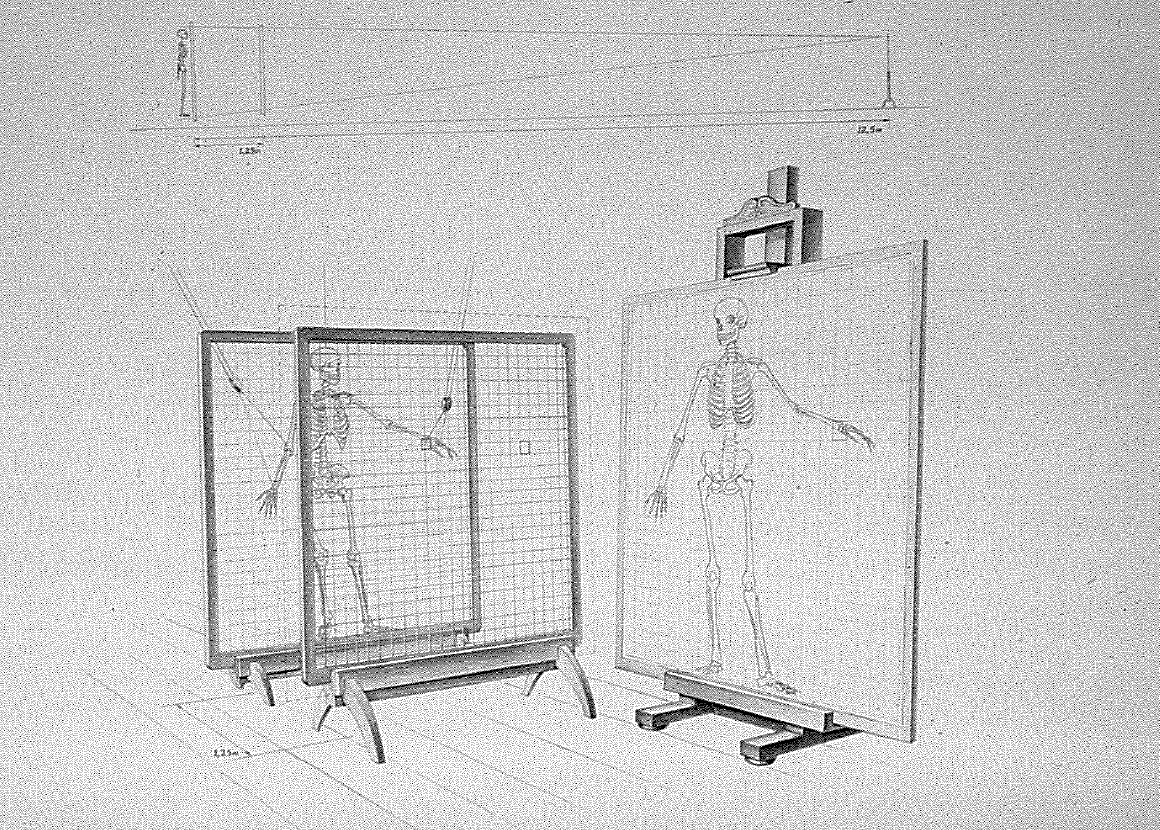
Een achttiende-eeuwse tekenmethode in de praktijk
“Wetenschap is mensenwerk.” Dit is niet alleen een van de thema’s die in de nieuwe herinrichting van Rijksmuseum Boerhaave aan de orde komen, maar ook een invalshoek die veel van het andere werk rond de collecties van het museum bepaalt. Eerder dan een abstract proces van kennis vergaren is wetenschap immers een praktische en soms…
-
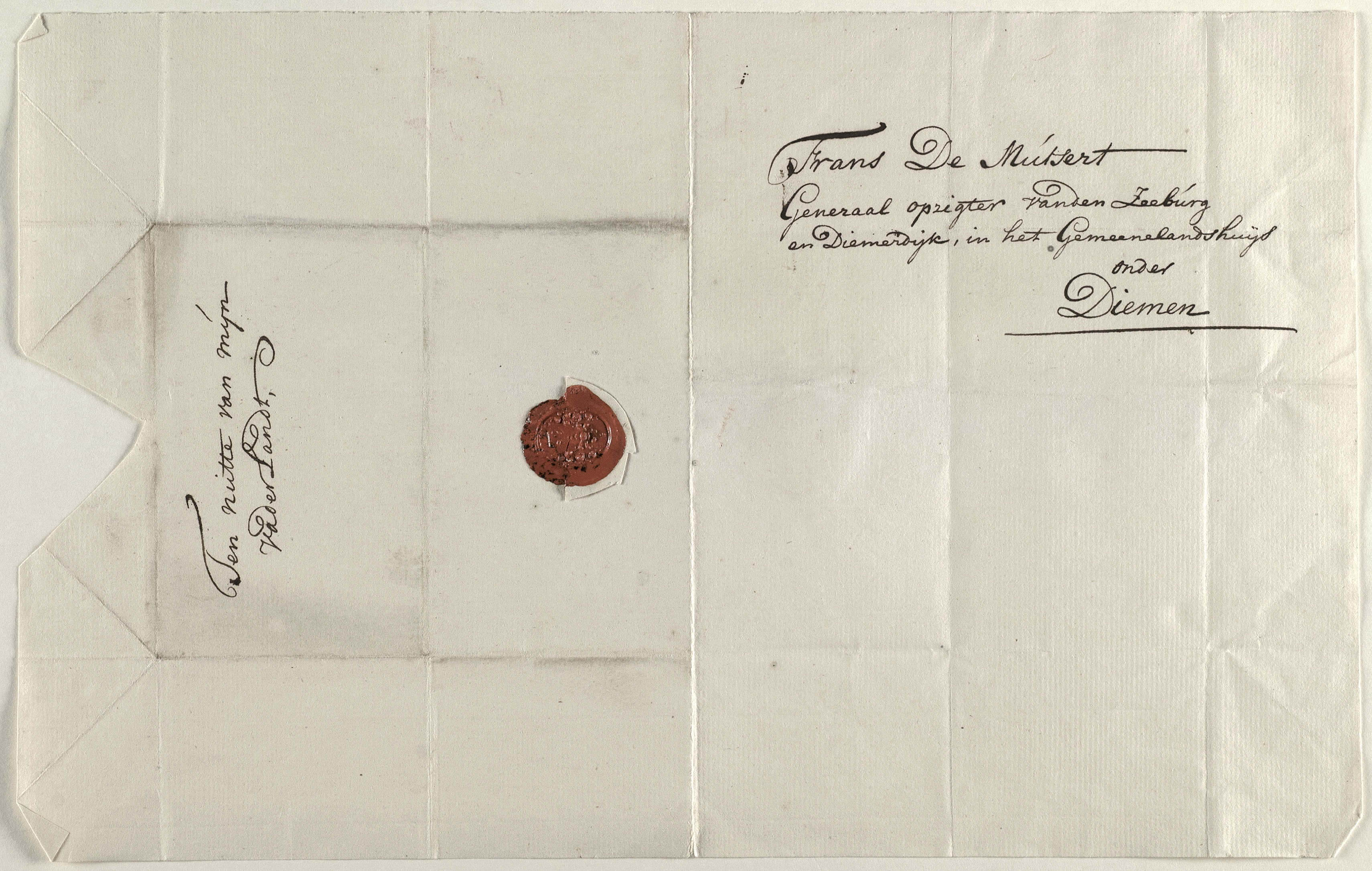
Shortcuts to scholarly distinction: academic fraud in Dutch prize contests, ca. 1750-1900
Prize contests are not a medium many people would associate with science nowadays. Academic papers and books produced in the context of universities are the norm these days. Yet, this has not always been the case: historically, universities were primarily training grounds for generations of lawyers, theologians and doctors. A lot of interesting research went…
-
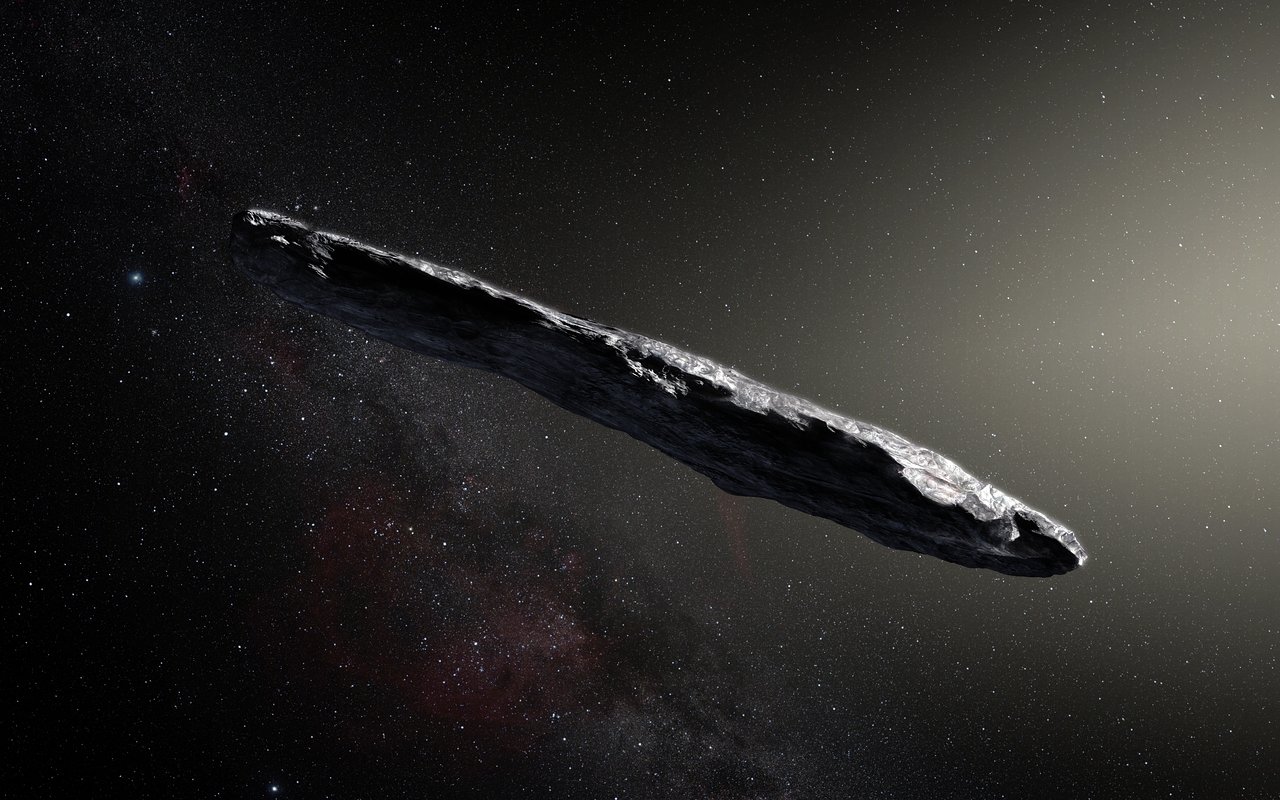
Imagining the Unseen
From high-tech gadgets to views of distant planets and meteors, scientific discoveries often spark our imagination. We might almost forget that imagination has an important role in the scientific enterprise itself too. This is particularly true for those subjects that little else can give us access to. We can employ telescopes, probes and microscopes to…
-
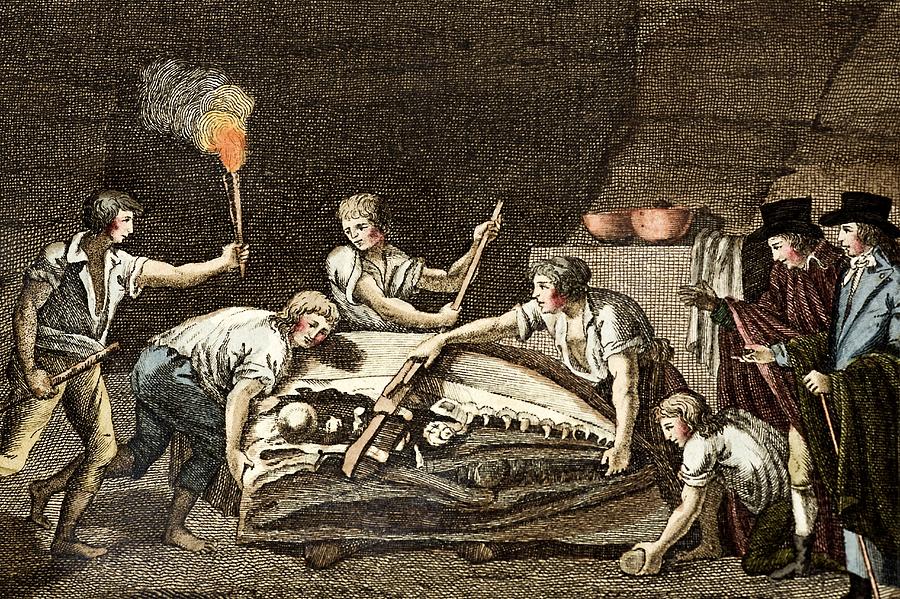
Onvoorstelbare oudheid. Een revolutie in historisch denken rond 1800
Op maandag 22 juli 1782 stapte Martinus van Marum binnen bij François Xavier de Burtin in Brussel. De jonge Van Marum reisde als lid van Teylers Tweede Genootschap door Europa, op zoek naar natuurhistorische collecties voor het snelgroeiende museum van zijn genootschap in Haarlem. De Burtin was een vooraanstaand arts in de hoofdstad van de…
-
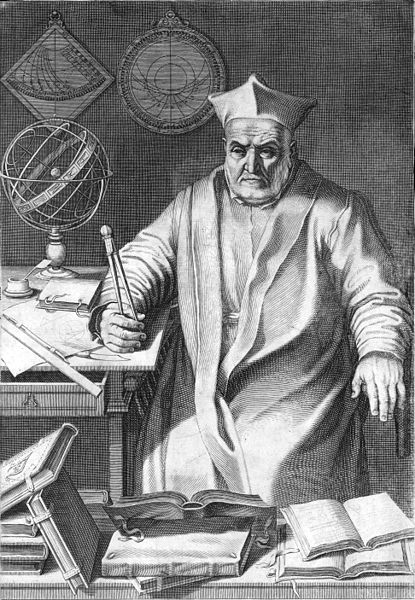
The War against Disorder: The Jesuit Victory over Indivisibles
On August 10, 1632, the Revisors General of the Society of Jesus, better known as the Jesuit Order, forcefully condemned the doctrine that the continuum is composed of infinitely small atoms and forbade it from being pursued, taught, or even entertained. In a blog that reads like a thriller, historian of mathematics Amir Alexander (UCLA)…
-
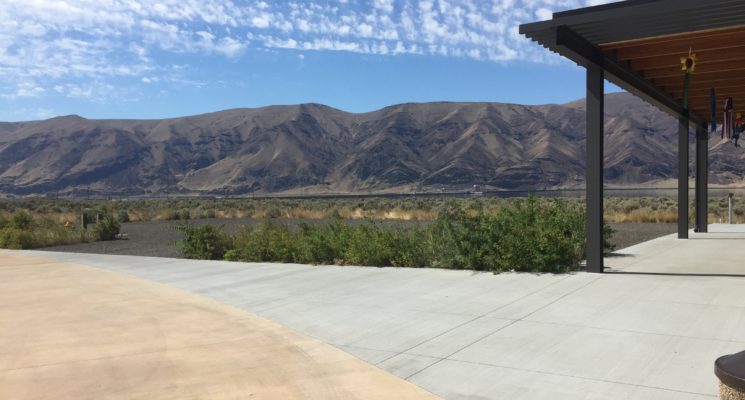
Museums on the United States’ Atomic Frontier
5211 miles. In the distance that runs roughly from London to Karachi, Pakistan, I spent the summer of 2016 driving across the western half of the United States to visit six atomic sites. Each site was integral in the production of the US nuclear arsenal during World War II and the Cold War. While I…
-
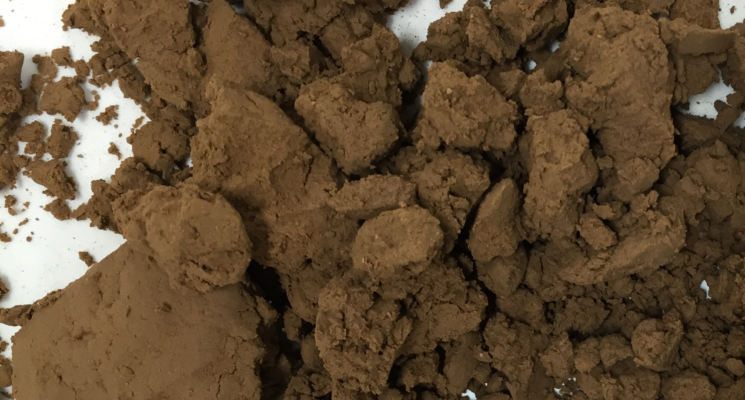
How to Read Early Modern Instructions for Gold- and Silversmiths
A fresh bag of Brussels sand had just been opened while six academics stood behind a workbench, feeling and touching the sand as if it had just arrived from Mars. In fact, I was about to start my first historical reconstruction of early modern gold- and silversmithing techniques. First step in the process was to…
